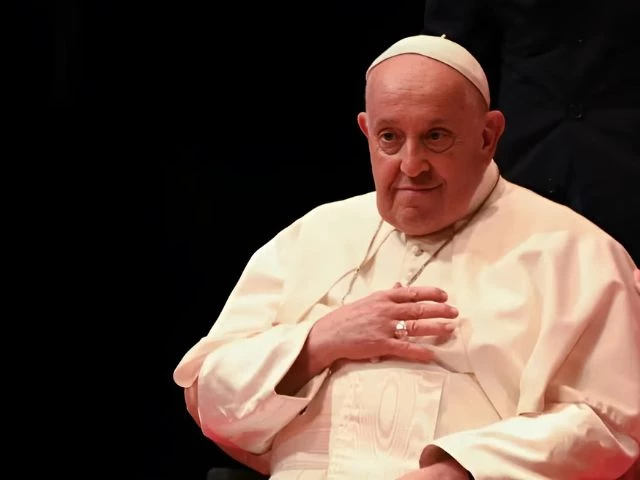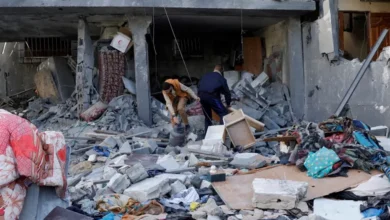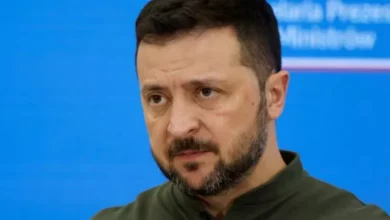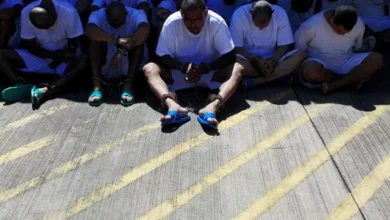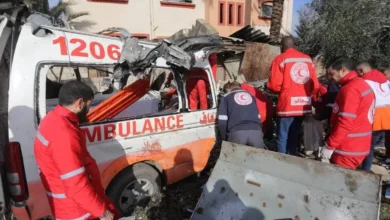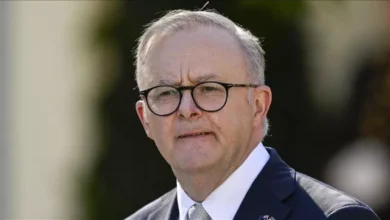Following the passing away of a reigning pope, such as Pope Francis whose death was announced earlier today, the Roman Catholic Church has initiated a detailed and centuries-old process to honour the deceased pontiff and prepare for the election of his successor.
Here is a guide to what happens after the death of a Pope:
The procedure begins with the camerlengo, currently Irish-American Cardinal Kevin Farrell, who officially confirms the pope’s death.
Traditionally, this involves gently tapping the pope’s head three times with a silver hammer and calling out his name.
The camerlengo then seals the pontiff’s private apartments and organises the funeral.
A group comprising the camerlengo and three cardinal electors—chosen by lot—determines when the body will be moved to St. Peter’s Basilica for public viewing.
The pope’s Fisherman’s Ring and official lead seal are ceremonially destroyed to prevent misuse.
No autopsy is carried out.
A nine-day mourning period follows, with the funeral typically held four to six days after death in St. Peter’s Square.
While most popes are interred in the crypt beneath St. Peter’s Basilica, Pope Francis previously indicated his preference for burial at St. Mary Major Basilica in Rome.
The burial involves three coffins: an inner one of cypress, sealed inside a lead casket, and finally enclosed within a wooden outer coffin.
During the interregnum, the College of Cardinals takes over administrative functions, though their powers are limited.
Succession
A conclave is then convened in the Sistine Chapel between 15 and 20 days after the pope’s death to elect his successor.
Cardinals under 80 years of age participate in the secret ballot, which requires a two-thirds majority plus one to elect a new pope.
The voting may extend over several days.
Once a candidate accepts the role and selects a papal name, he dons the papal vestments and is received by the cardinals, who pledge their allegiance.
The world is informed of a successful vote when white smoke emerges from the Sistine Chapel chimney, created by burning the ballots with special chemicals.
Black smoke indicates that no decision has yet been reached.
Shortly after, the dean of the College of Cardinals appears on the central balcony of St. Peter’s Basilica to announce “Habemus Papam” (“We have a pope”).
The newly elected pontiff then steps forward to deliver his first blessing to the crowds gathered in the square.

